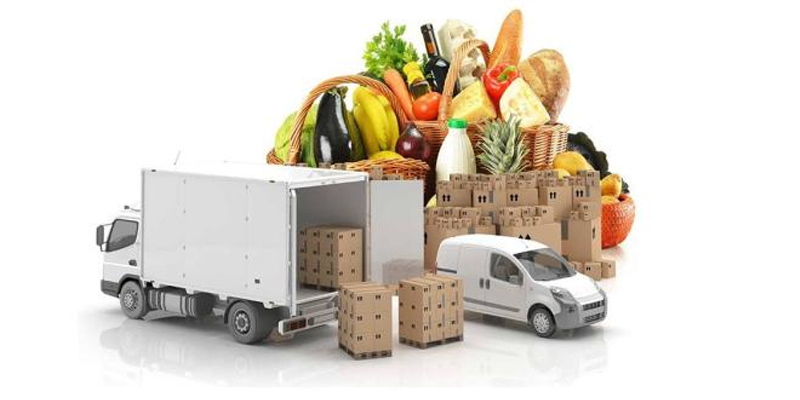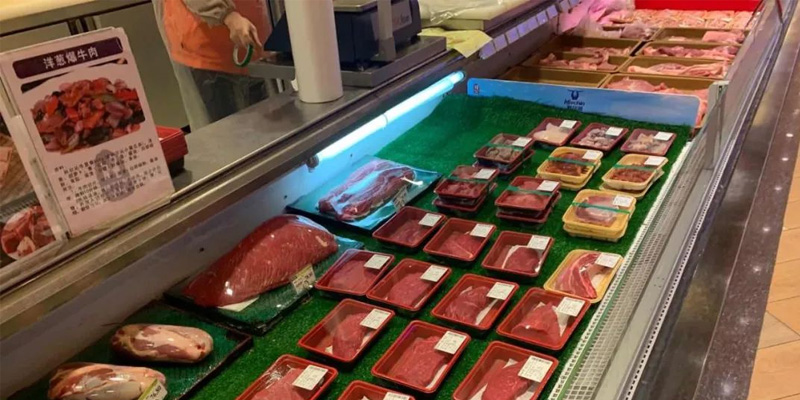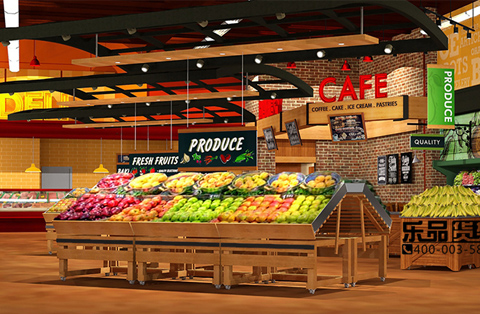Overview of RFID Technology In The Food Industry-Part 2
Numerous applications of RFID technology in the food industry include those for supply chain management, temperature monitoring of foods, and ensuring food safety.
In supply chain management,
RFID tags are used to track food products during distribution and storage. RFID technology serves as a replacement for barcode scanners for this particular application.
-
RFID technology has the following advantages over barcodes:
RFID systems do not require line of sight to read the tag, their range of operation is larger as compared to that of a barcode, readers can simultaneously communicate with multiple RFID tags, and tags can store more data as compared to a barcode. With its ability to scan multiple tags throughout 3-dimensional space, known as the interrogation zone, RFID technology also facilitates automated product shipments from a warehouse to a retail store.
An RFID system implemented in a store can be used to maintain an accurate database of its inventory that automatically alerts a warehouse management system once the inventories are low.
-
To Provide Examples Of How These RFID Concepts/Capabilities:
Wal-Marthas implemented such a just-in-time product shipment system(Weinstein 2005). Thus, RFID technology will provide benefits such as greater speed and efficiency in stock operations, better inventory tracking through out the supply chain, and enhanced forecasting
Wal-Mart stores Inc. was the 1st major company to push for RFID implementation in supply chain management. In June 2003, WalMart announced that it would require its top 100 suppliers to put RFID tags on shipping cases and pallets by 1 January 2005. Each tag would store an Electronic Product Code (EPC) that would be used to track products as they enter Wal-Mart’s distribution centers and then in turn are shipped to individual stores. Wal-Mart now requires its top 300 suppliers to place RFID tags on all it pallets and cases of products .
British Telecommunications has launched a new online realtime food traceability system based on RFID technology. This system, known as BT foodnet, tracks products in real-time to speedup and reduce the cost of recalling products. The online network provides retailers and their suppliers access to real-time synchronized data on the current and historical status of all stock items as they pass throughout the supply chain (from manufacturer to the point of sale). This system combines barcodes and RFID read/write tags with a secure data exchange platform on the Internet .
eProvenance (Bordeaux Cedex, France) has developed an RFIDbased tracking system to preserve the quality of fine wines and trace their origin. This RFID system consists of 3 components. The 1st component is a 13.56 MHz semiactive RFID tag placed inside each case of wine. This semiactive tag enables wine producers and distributors to monitor and log ambient temperatures in each case of wine 3 times a day. The 2nd component is a 13.56 MHz passive RFID tag with a unique code attached to the base of each bottle for tracking and inventory management. The 3rd component is a proprietary and tamper-proof neck seal at the base of the capsule of each bottle. The seal has a unique identifying code printed with invisible ink, which contains identification numbers of both the semiactive and passive tags. All 3 components are linked together with their unique identification numbers on an online database.
Unilever (London, U.K.) uses RFID technology to move, handle, and track products in the warehouse. United biscuits (Hayes,U.K.) uses RFID technology to control the movement of raw materials and in weighing, mixing, and baking processes involved in the preparation of biscuits and cakes.
RFID technology has been used by cheese manufacturers to trace cheese along the supply chain with great precision. This tracking system could result in rapid product recall in case of a problem. Customers can find the entire history of the cheese after purchase by entering an alphanumeric code on a website.
-
Temperature monitoring
Monitor the shelf life of foods to which they are attached. The tag senses temperature and integrates it over time to determine the shelf life of a product, which can be communicated to a reader. The tags also have a battery and an optional visual display that provides green, yellow, and red indicators depending upon the status of the item (for example, green for fresh and red for unsafe).

2. Food safety
RFID systems can be used to ensure that food products such as meat, fruit, and dairy products remain within a safe temperature range during transportation and storage.

3. Other applications
RFID technology has also been used in monitoring the ripening of climacteric fruits during transportation and vending.
